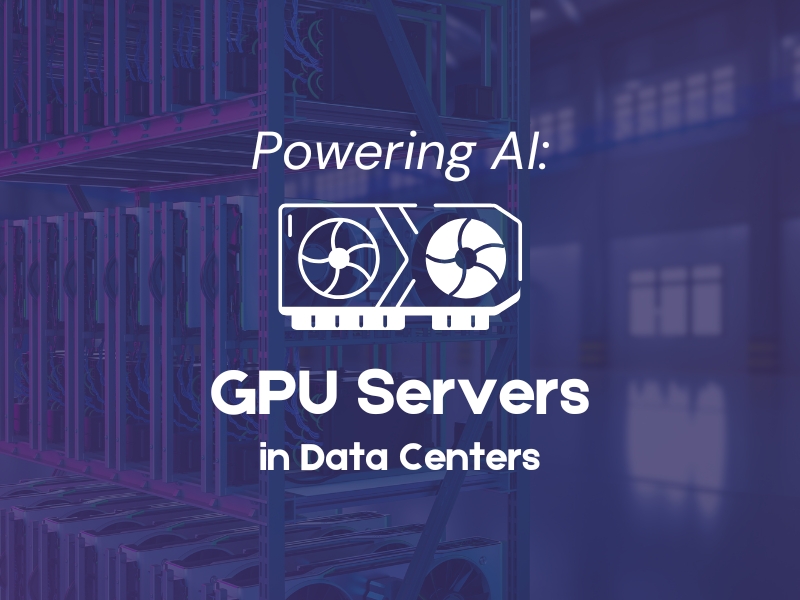In the age of AI and advanced analytics, data centers are evolving to meet new infrastructure demands. One of the most significant drivers of this transformation is the rise of GPU servers—systems designed to handle high-volume parallel processing tasks. Unlike traditional CPU-only machines, GPU-powered servers are built to accommodate the complex computational requirements of artificial intelligence, machine learning, and data-intensive applications.

A recent article by Data Center Knowledge offers valuable insights into this shift. As they point out, you can’t fully support most modern AI workloads without GPUs—and you can’t run GPUs at scale without the right server infrastructure. Let’s explore what this means for data center operators and colocation providers.
What Makes GPU Servers Different?
At first glance, GPU servers look similar to standard servers—they fit into the same server racks and use familiar networking setups. However, several key differences significantly impact how they’re deployed in data center environments:
- Higher Power Requirements: GPU servers consume more electricity due to their powerful graphics processors. Data centers must upgrade their power delivery systems to ensure stability and avoid performance bottlenecks.
- Enhanced Cooling Needs: Increased energy use leads to greater heat output. Traditional cooling methods may not be sufficient. Data centers need advanced cooling infrastructure—such as liquid cooling or high-efficiency air systems—to handle GPU heat loads reliably.
- More Expansion Capacity: GPU servers typically support multiple GPU cards—sometimes up to 10 per unit. This requires additional expansion slots and specialized motherboard configurations.
Build a Faster, More Reliable Network with Nuday
Seamless connectivity, low-cost cross-connects, and top-tier carriers.
Preparing Data Centers for GPU Hosting
- Scaling power infrastructure to accommodate energy-hungry GPU systems without risking outages.
- Investing in thermal management solutions to maintain optimal operating temperatures and reduce hardware failure risks.
- Planning for redundancy and disaster recovery—especially since GPU hardware is costly and often tied to specialized workloads that are not easily migrated to other systems.
Colocation and the GPU Server Opportunity
With the surge in demand for AI-powered tools, colocation services that support GPU workloads are becoming a competitive advantage. Enterprises looking to train large models or perform GPU-intensive computing often prefer colocating their hardware in facilities that already support high-density power and cooling.
This trend presents a new growth opportunity for data center operators—especially those who adapt quickly to these evolving infrastructure needs.
Build a Faster, More Reliable Network with Nuday
Seamless connectivity, low-cost cross-connects, and top-tier carriers.
Powering Tomorrow with GPUs
The future of compute is here, and GPU servers are at the center of it. While they introduce new challenges around power, cooling, and management, they also unlock massive potential for data centers and colocation providers ready to support AI and high-performance computing.

